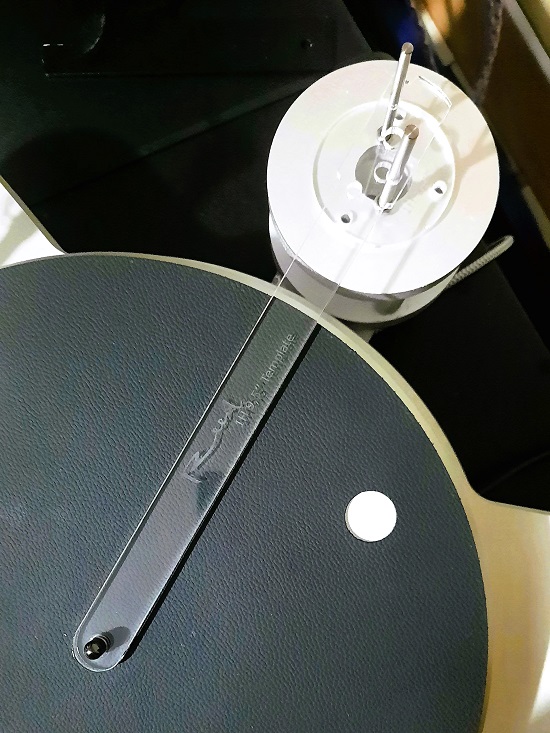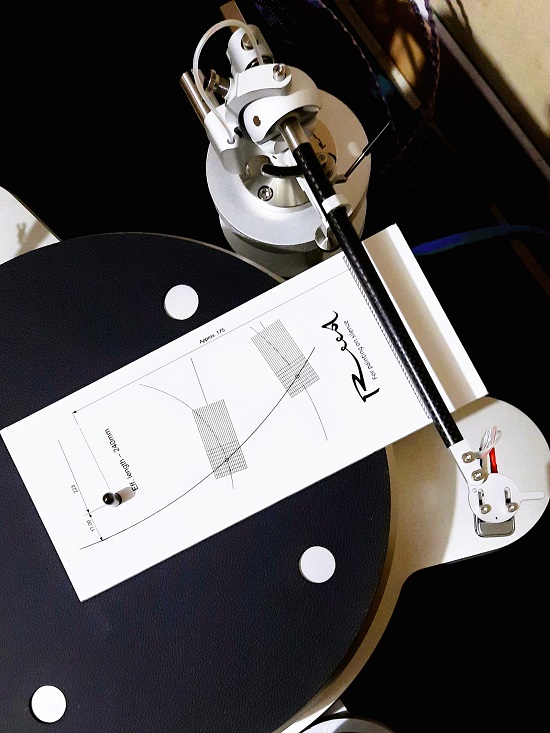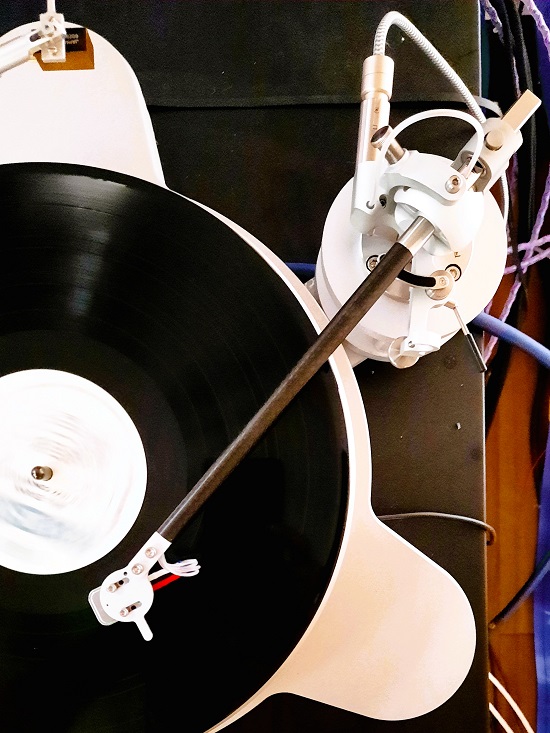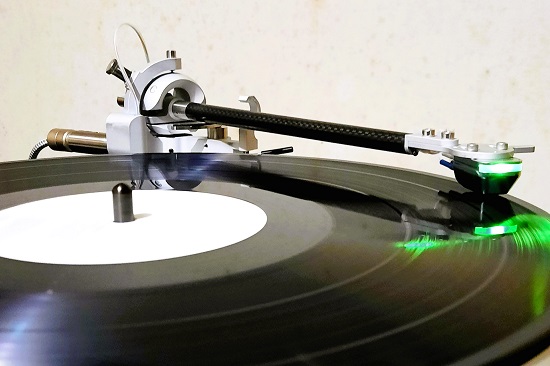The road to nirvana |
|
My journey into Photography, Horology, and Audiophilia |
Reed 1H tonearm
May 11, 2022
Setup
The Acoustic Signature Tornado NEO has one of the most flexible tonearm adjustment system around. I have no doubts it will be a walk in the park configuring the Reed 1H.
It's either a stroke of luck, or pure genius that I didn't even have to adjust the armbase of the Tornado NEO but the fit was perfect as confirmed by the alignment template!

I locked the armboard in place with the Reed 1H base securely screwed in, then inserted the tonearm assembly into the armbase.
Next, the protractor guides me in setting up the tonearm and cartridge positions. The DS Audio DS-E1 cartridge is already mounted in its temporary position when this photo was taken. Make sure the tonearm is locked into its resting position by slightly tightening the screw under the tonearm rest.
There are two hex screws that fix the tonearm body to its base, they have to be aligned and there is a visual cue for making sure it is proper.

I didn't take photos of the succeeding steps as I don't want to risk dropping the phone onto the tonearm. Here's what happened next:
- The counterweight is made up of two parts, the frame and the weight. It is recommended that the weight tip is flushed to the frame as the starting point. This is easily done by turning the weight counter clockwise, until the tip is no longer sticking out of the frame.
- Set the VTF approximately by inserting the counterweight all the way to the holder and moving it to and fro until you get the approximate balance. When the tonearm swings outward rapidly, your VTF is far off. When you get it close enough, the tonearm floats and may swing very slowly inwards or outwards. Micro adjustment can then be performed by tuning the weight clockwise to reveal the markers. The third marker was visible when I got my approximate VTF.
- Now it's time to make sure the tonearm is parallel to the platter. Start by very slightly loosening the two tonearm base fixing screws. Use the long allen wrench to set the VTA fixing screw to the proper height. Once this is achieved, tighten the tonearm base fixing screws and make sure they're still aligned.
- Verify the VTF for exact tracking force once more with your tracking force gauge.
- Using the protractor, align the cartridge as required. The protractor hole is kinda tight for the Tornado NEO spindle but it wasn't a big deal.
- Verify the VTF once more!
- Alright, what about the azimuth? Well, I didn't really need to adjust it as it was set right from the factory.
- Anti-skate adjustment is easily done by turning the anti-skate knob clockwise to increase, and counter clockwise to decrease anti-skate. The anti-skate was set to minimal.

Conclusion
While I enjoyed every moment of the assembly and setup of the Reed 1H, the process may not be for everyone. In that case, turntable guru Jun Diaz is the distributor for Reed products in the Philippines and he'll be happy doing all these for you.
The combination of the Reed 1H and DS Audio DS-E1 is fantastic.

So let me summarize my tonearms and their bearing technologies:
- Clearaudio TT3 - linear tracking, roller bearings
- Clearaudio Verify - pivot, magnetic bearing (string + magnet, pull up)
- Acoustic Signature TA-1000 NEO - pivot, gimbal
- Reed 1H - pivot, cardanic (two bearings along the vertical axis; two bearings along the horizontal axis that's magnetically secured, pull down)
What we call a turntable system is made up of three major components, the turntable itself, the tonearm, and the cartridge. The turntable is responsible for providing a precise rotation of the platter; a stable base that minimizes resonances/vibrations, and eliminate noise. Sounds simple, but it's not. That's where the engineering battle rages on amongst manufacturers.
One might think about how important the tonearm is when it has no direct contact with the record anyway. Based on experience, the tonearm must allow the cartridge to sound its best, but sometimes that doesn't happen. Such was the case with the Transfiguration Axia and my then Graham Phantom 2.2 Ceramic. The Clearaudio Verify do not like the Clearaudio Concerto, how ironic isn't it? There is a cartridge weight limit to what the Clearaudio TT3 would allow, something north of 15g will cause skips on slightly concentric record grooves.
I'd like to think of the Reed 1H as "invisible," where it allows the cartridge (currently the DS-E1) to perform its best. I'm really tempted to buy additional headshells so I can swap out my cartridges, but that would be a hard turn from the original purpose.
At the moment, the combinations I have - 1H + DS-E1, TA-1000 NEO + Koetsu Urushi, and TT3 + Transfiguration Axia; are giving me different sonic flavors that I enjoy. There's no itch to scratch, for now.